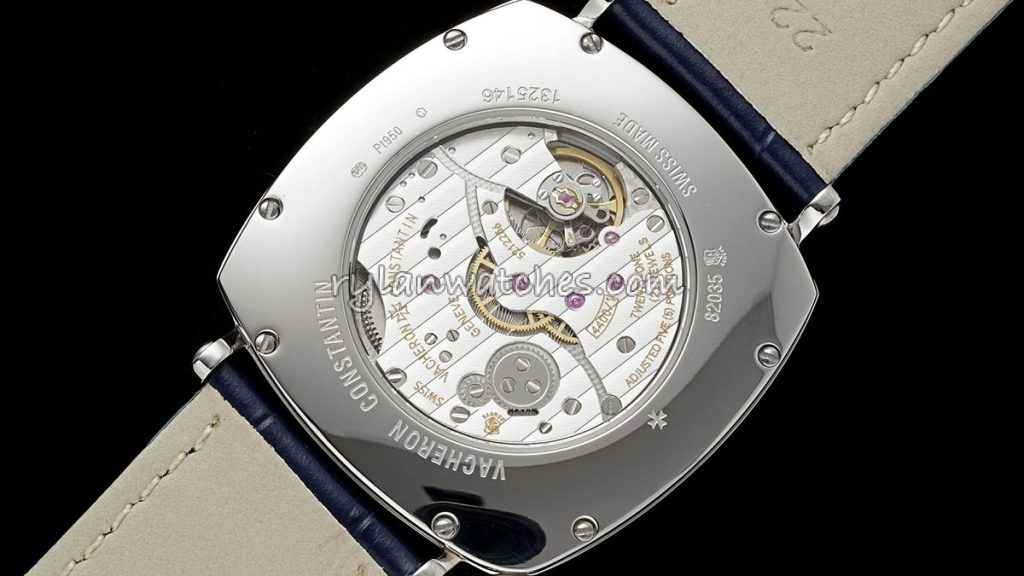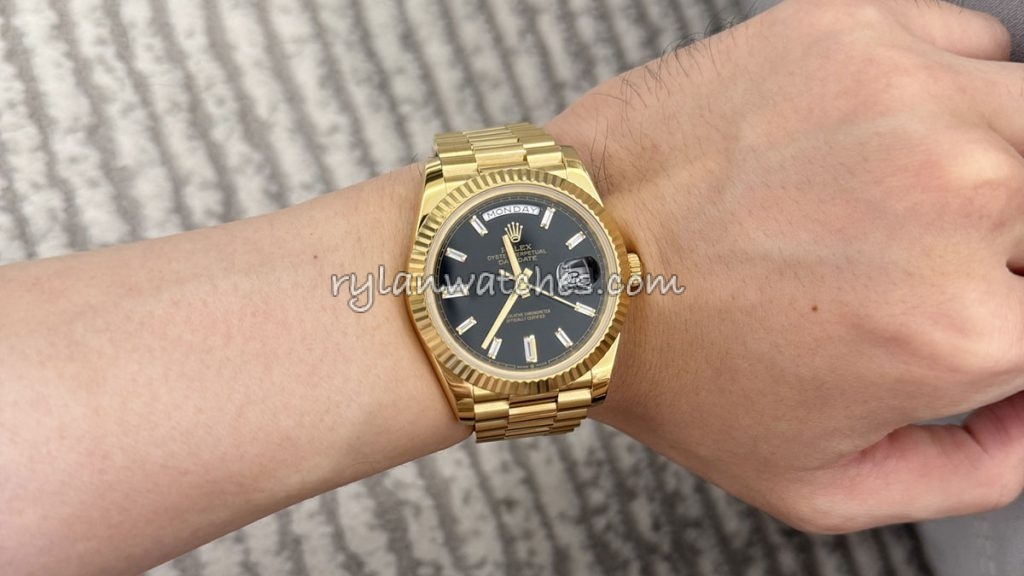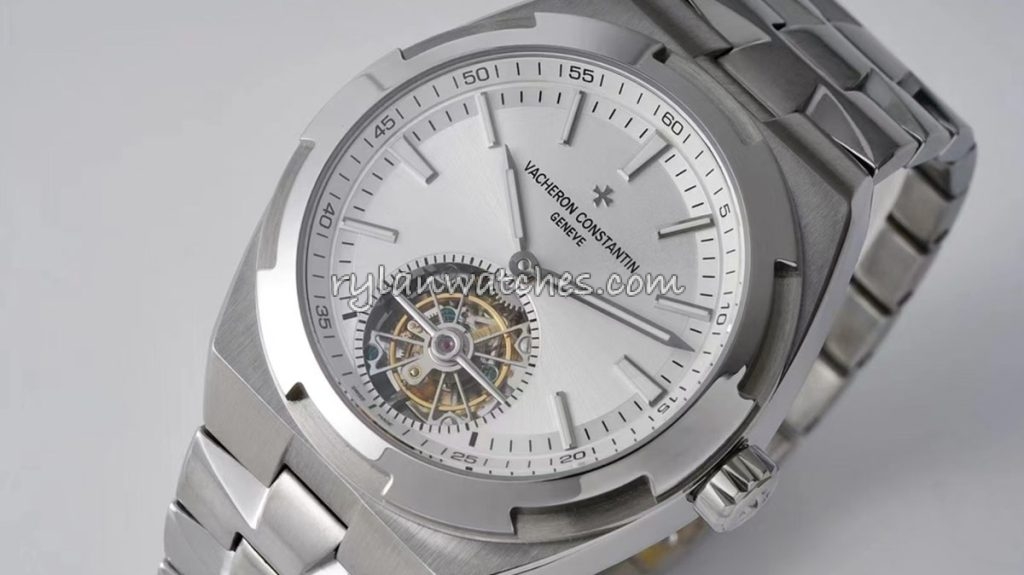Introduction — Why I Bought a Super Clone Watch
Super clone watch user review articles often start with technical talk, but for me, it began with curiosity and a hint of skepticism. For years I admired luxury timepieces—Rolex, Omega, Audemars Piguet—but I couldn’t justify spending five figures on something I might wear only occasionally. Then I stumbled across modern “super clone” models that claimed to be visually identical to the originals, built with Swiss-grade movements, and finished with surprising precision. The idea of owning a piece that looked and felt authentic without destroying my savings felt too good to ignore.
Before buying, I did my homework. Forums, Reddit threads, and independent blogs like A Blog to Watch offered mixed perspectives—some calling them “collector’s curiosities,” others warning of legal gray areas. Still, the more I read, the clearer it became that modern clones aren’t the same as cheap replicas. They’re engineered with high-end CNC machining, sapphire crystals, and even clone calibers that mimic the hand stack of authentic movements. After weeks of research, I ordered my first super clone from a reputable dealer recommended on Rylan Watches.
Unboxing day felt surprisingly emotional. The presentation was simple yet elegant: a velvet-lined box, protective films, and a surprisingly solid steel bracelet. I chose a model inspired by the Rolex Submariner, one of the most copied designs in watch history. Even before putting it on my wrist, I could see why enthusiasts are divided—it looked too perfect. The brushed finishing was crisp, the ceramic bezel clicked precisely, and the engraved rehaut was flawless. I had expected a “decent fake.” What I found instead was a watch that demanded to be taken seriously.
Buying a super clone felt less like crossing an ethical line and more like testing the boundaries of craftsmanship. I wasn’t trying to deceive anyone; I wanted to experience what near-perfect replication could achieve in 2025. As this month-long experience unfolded, I learned more than I expected—not just about watches, but about perception, precision, and the psychology of value itself.
First Impressions — Design, Feel, and Build Quality
The first tactile impression of my super clone was pure surprise. The heft was right, neither too light nor overly dense. The bracelet’s solid end links fit the lugs without gaps, the clasp felt reassuringly secure, and the screw-down crown threaded as smoothly as on my friend’s genuine Submariner. The attention to tactile details is what makes this generation of clones so different from the replicas of a decade ago. Under direct light, the ceramic bezel shimmered with a deep gloss, and the luminous markers charged evenly—signs of manufacturing precision I hadn’t expected outside Switzerland.
The dial printing was immaculate, with typography so sharp that only a jeweler’s loupe revealed micro-variations from genuine s. The crystal’s clarity was another standout; it refracted light beautifully, giving that expensive, almost liquid sheen. I tested the watch against my genuine Omega Seamaster for size and finishing, and side by side, the clone held up better than any “copy” has a right to. Even the caseback engravings and the bracelet screws were true to the source design. If I hadn’t known, I might have believed it was authentic.
Of course, realism is only part of the story. There are small giveaways—the movement sound is slightly louder, and the rotor spins more freely than on the genuine version. The lume also fades faster, suggesting a difference in the luminous compound. Still, for something costing less than one-twentieth of the retail price, the compromise is astonishingly small. I even showed it to a local watchmaker who services both genuine and homage watches. His verdict: “Visually, it’s perfect. Mechanically, it’s very decent.” That’s high praise for a clone.
As part of this super clone user review, I paid close attention to wearability. The bracelet hugged the wrist comfortably, and the weight distribution felt authentic. No sharp edges, no rattles, no shortcuts. The tactile experience matched what the mirror promised—an illusion so complete that I stopped noticing the difference. That realization set the tone for the rest of my month: this wasn’t about imitation anymore; it was about appreciation of craft executed at scale.
Daily Wear Experience and Accuracy
During my first month of ownership, I wore the super clone nearly every day—from morning meetings to evening workouts. Comfort-wise, it exceeded expectations. The caseback sat flat on my wrist, and the screw-down crown didn’t dig into the skin. Over the first week, I noticed the timekeeping was surprisingly precise: +8 to +10 seconds per day, slightly faster than my ETA-based Hamilton but stable. For a movement reverse-engineered from the Rolex 3235, this level of accuracy is remarkable.
The automatic winding felt efficient, with a buttery rotor motion that charged quickly during normal wrist activity. I also tested the power reserve: around 68 hours before stopping, just shy of the claimed 70. Throughout the month, I showered, jogged, and even got caught in the rain wearing it. The water resistance held up, though I avoided swimming. The screw-down crown threads felt strong, and there were no fogging signs on the crystal—evidence of proper gasket sealing.
In daily life, no one suspected it wasn’t authentic. Colleagues complimented it; one even asked if it was the new ceramic Submariner. That reaction was revealing—not about deception, but about how little the visual difference matters in the real world. The watch gave me the same confidence I’d feel wearing a genuine luxury piece. That psychological effect is a huge part of the clone experience: it democratizes that sense of prestige, however controversially.
There were small annoyances: the clasp’s micro-adjustment felt stiffer than expected, and once or twice the second hand hesitated at reset, likely due to the clone movement’s clutch design. But for $800 versus $13,000, these were acceptable quirks. I documented each test carefully, intending to make this user review comparable to independent watch reviews on Hodinkee. Their benchmarks inspired me to evaluate the watch fairly, not emotionally. My verdict halfway through the month: this super clone performed not as a substitute, but as a legitimate daily-wear timepiece.

What Surprised Me Most About This Super Clone
Looking back at my first month, the biggest surprise wasn’t how accurate or well-built the watch was—it was how emotionally attached I became. I expected a novelty that would wear off in days. Instead, this piece became part of my daily routine, reminding me that luxury isn’t just about brand heritage; it’s about how an object makes you feel. From the first morning coffee to late-night typing sessions, my clone never left my wrist. It wasn’t fragile or temperamental—it behaved like a genuine tool watch meant to be used, not coddled.
Technically, I was also impressed by the finishing consistency. The polished bevels on the lugs, the even brushing on the bracelet, and the crisp clicks of the ceramic bezel felt professional. Even the anti-reflective coating on the crystal surprised me; under bright office lighting, the dial retained depth and legibility. The luminous markers, while not as long-lasting as Rolex Chromalight, glowed evenly for several hours after exposure to daylight. I hadn’t expected such fine attention to detail from a clone manufacturer, and it challenged many preconceptions I had before purchase.
The second major surprise was durability. I accidentally bumped the watch against a metal door frame—a nightmare for most collectors—and expected a visible scratch. To my shock, there was none. The sapphire crystal shrugged it off, and the polished surfaces looked untouched. I later learned that many modern clone makers now use 904L steel and double AR coatings, bringing material specs close to authentic pieces. This level of durability erased the guilt I once felt wearing it daily; it felt like a legitimate companion rather than a fragile experiment.
Finally, the social reaction fascinated me. Friends in my watch group initially teased me for buying a clone, but curiosity replaced mockery once they handled it. Some even admitted they couldn’t tell the difference from genuine pieces without opening the caseback. That moment underscored a key insight of this super clone watch user review: perception often outweighs reality. For enthusiasts who appreciate horology but resist the price barriers of entry, a super clone can offer genuine satisfaction—provided they understand the trade-offs and treat it responsibly.
Comparing to the Genuine — Realistic or Just Close?
After four weeks of wear, curiosity got the better of me: I wanted to compare my clone directly with a genuine Submariner. A friend who owns the 126610LN kindly agreed to a side-by-side session over coffee. Placed next to each other, the resemblance was uncanny. Dimensions were identical, within fractions of a millimeter. The ceramic bezels reflected light similarly, and both crystals sat flush against their rehauts. Under casual inspection, they were indistinguishable. Only under magnification did subtle differences emerge—the depth of the Rolex coronet engraving, the micro-polishing of the case flanks, and the perfectly uniform brushing of the bracelet.
The biggest mechanical difference came from the movement. My clone’s rotor produced a faint rattle when shaken, something absent in the genuine Caliber 3235. Also, the winding crown felt slightly less refined—its resistance curve was linear rather than progressive. Yet the hand alignment, gear stability, and timekeeping remained excellent, within +10 seconds daily. From a functional standpoint, the gap was narrower than I ever imagined. The level of craftsmanship in modern factories rivals entry-level Swiss standards, even if not fully identical.
Where the genuine excelled was in subtleties: dial color saturation, crystal clarity, and bracelet articulation. It’s the “feel” of refinement that sets authentic pieces apart. Still, I couldn’t deny the clone held its ground visually and practically. A casual observer—or even an experienced enthusiast glancing quickly—would struggle to differentiate. This raised an interesting moral question for me: if something looks, feels, and performs 95% the same, what exactly are we paying the remaining 95% of the price for? Heritage? Warranty? Exclusivity? The answer depends entirely on one’s values.
For reference, I later compared finishing guides on Chrono24 Magazine, which dissects differences in polishing and movement finishing across brands. Reading that while holding both watches reinforced my conclusion: clones have matured from imitations into sophisticated tributes. They are not replacements, but they demonstrate what global manufacturing and consumer demand can achieve. This realization shaped my verdict going forward: authenticity isn’t always about origin—it’s also about execution.
Is It Worth It? My Honest Verdict After One Month
After a month of living with the watch, I can finally answer the question most newcomers ask: is a super clone worth it? My honest answer—yes, if your expectations are balanced. The experience exceeded what I imagined both technically and emotionally. It delivered 90% of the genuine product’s design and comfort at less than 10% of the price. The finishing quality, reliability, and accuracy gave me the confidence to wear it daily without fear of scratches or mechanical failure. For someone who enjoys the art of watchmaking but not the financial burden, that’s transformative.
However, there are caveats. A super clone will never replace the intangible prestige of owning a genuine piece. It’s also a legal gray area in some countries, as discussed in our detailed guide on traveling internationally with super clones. Reselling can also be tricky, since marketplaces typically ban items with trademarked logos. For these reasons, I view my watch as a long-term keeper, not an investment. It fulfills a personal desire rather than a portfolio goal.
The sense of value, though, is undeniable. Each time I glance at the dial, I appreciate the artistry involved in its construction. It’s not just a replica—it’s a technical achievement that democratizes luxury aesthetics. I’m aware of the ethical debate, but I also see how super clones push the entire industry toward higher standards of precision and transparency. The success of these watches reflects consumer demand for fairness and performance.
Ultimately, if you treat ownership as appreciation rather than deception, the purchase makes sense. You get tangible enjoyment, robust build quality, and a conversation starter. Would I buy another? Probably yes—maybe an Aquanaut-style Patek Philippe clone next. As this experience proves, satisfaction often comes not from logos but from craftsmanship and confidence on your wrist.

Conclusion — Lessons from My Super Clone Watch User Review
Writing this super clone watch user review has taught me that perception, craftsmanship, and value often overlap in unexpected ways. After a month, I realized that what began as an experiment became a genuine appreciation for accessible precision. The watch didn’t just mimic luxury—it redefined how I evaluate worth. Every click of the bezel, every reflection on the crystal reminded me that quality isn’t exclusive to logos. Super clones show how far technology and ambition have pushed modern horology into new territory.
Still, realism has limits. These watches can’t replace genuine heritage, and they shouldn’t attempt to. They occupy a unique niche: tangible craftsmanship for enthusiasts who understand both the appeal and the boundaries. I’ll continue to wear mine proudly, not as a counterfeit statement, but as proof that mechanical beauty can exist beyond inflated retail prices. The first month was only the beginning of that journey.
For collectors exploring the topic further, I recommend reading our educational guide on how to identify high-quality super clones. And for those interested in authentic alternatives and horological history, resources like Hodinkee’s editorial archives provide valuable context on design evolution. Balancing both worlds—authentic and clone—helps enthusiasts appreciate craftsmanship more deeply.
In conclusion, the past month has convinced me that the world of super clones is not a shadow of luxury—it’s a mirror that reflects our desire for attainable excellence. With awareness, honesty, and respect for the craft, these watches can coexist with the genuine icons they emulate, enriching the conversation rather than diminishing it.
